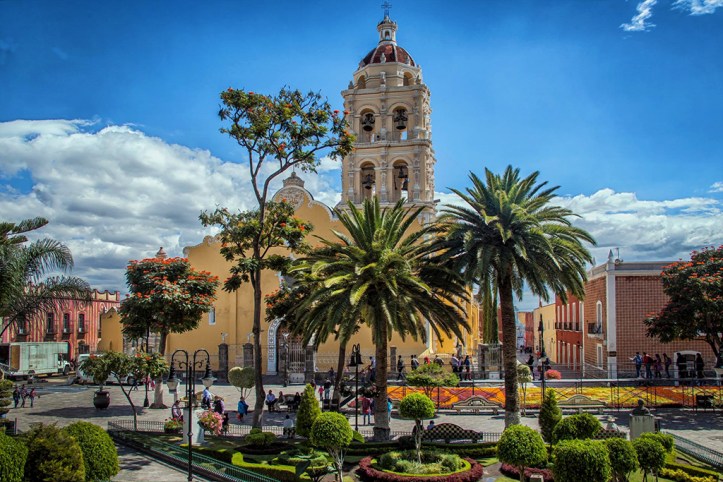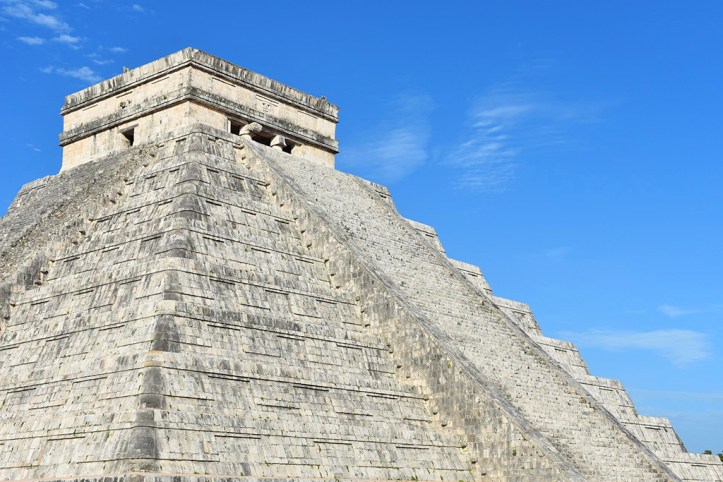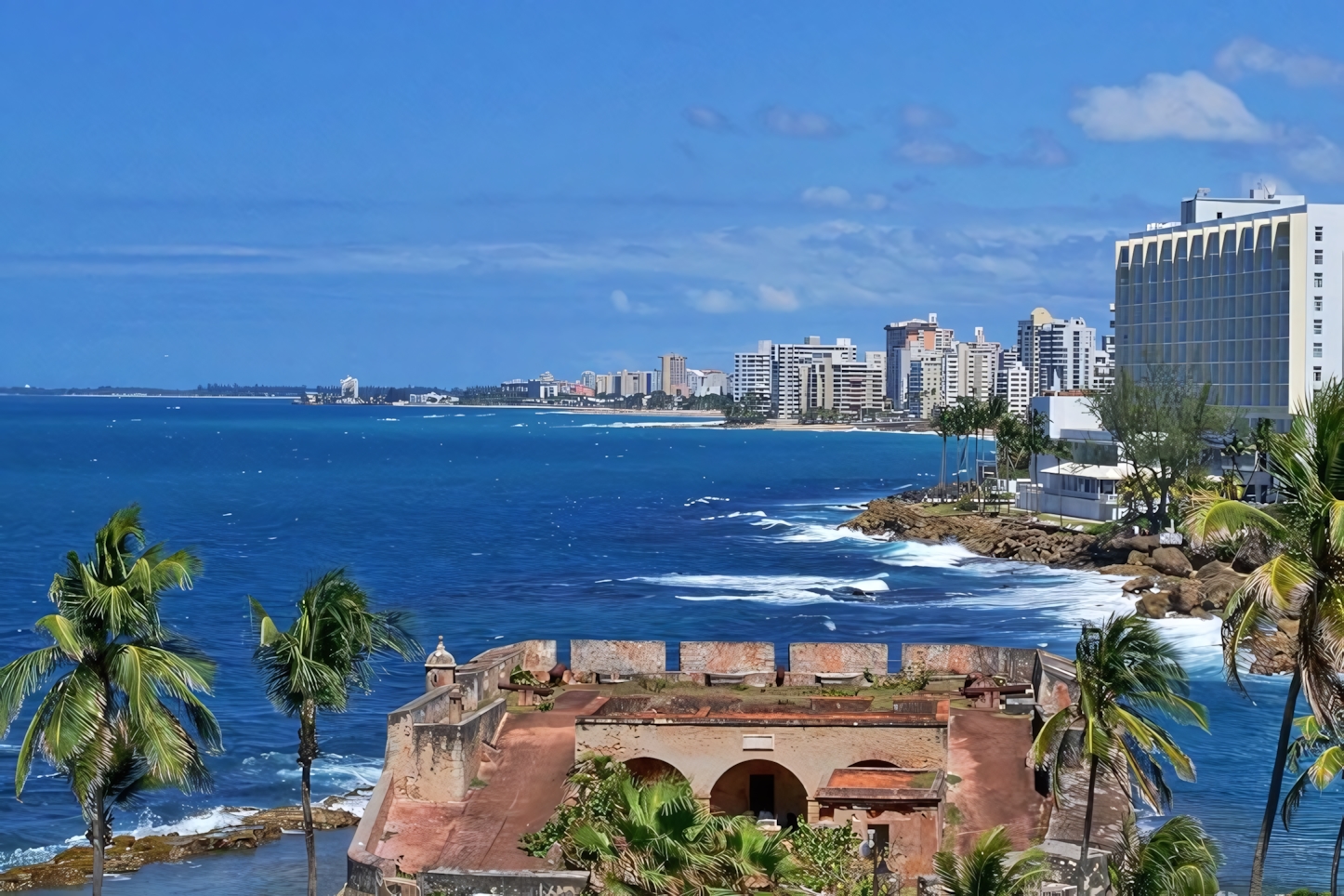As an avid traveler who's explored the vibrant streets of Mexico City, lounged on the pristine beaches of Tulum, and marveled at the ancient ruins of Chichen Itza, I can't stress enough how important it is to stay connected during your Mexican adventure. Whether you're sharing stunning sunset photos from Cabo San Lucas or navigating the bustling markets of Oaxaca, having reliable internet access is crucial. That's why I'm excited to share my experience with using an eSIM in Mexico - a game-changer for international travelers like us. Let me walk you through everything you need to know about using this convenient technology south of the border.
Does eSIM work in Mexico?
Let me start by saying that yes, eSIM does work in Mexico, and it's been a lifesaver during my trips. But before we dive into the details, let's make sure we're on the same page about what an eSIM actually is. Think of it as a digital version of your regular SIM card, embedded right into your phone. No more fumbling with tiny plastic cards or worrying about losing them!
However, there's a catch - not all phones are created equal. Before you get too excited, you'll need to check if your device is eSIM compatible. Trust me, I learned this the hard way on my first trip to Guadalajara!
Will my phone work in Mexico?
Now, this is where things get a bit technical, but don't worry - I'll break it down for you. To ensure your phone will work in Mexico, you need to check two things:
- If your phone's bands match those used in Mexico
- If your phone is eSIM compatible
Let's start with the bands. Here's a handy table I've put together based on my research and experience:
| Technology | Bands |
| 5G bands | n28a (700), n41 (2500), n78 (3500) |
| 4G bands | B2 (1900), B4 (1700/2100 AWS 1), B5 (850), B7 (2600), B28a (700), B66 (1700/2100) |
| 3G bands | B2 (1900), B4 (1700/2100 AWS A-F), B5 (850) |
| 2G bands | B2 (1900), B5 (850) |
As for eSIM compatibility, I've found that most recent high-end smartphones support this technology. But to give you a better idea, here's an image showing some popular eSIM-compatible devices:

Why use an eSIM in Mexico?
Now, you might be wondering, "Why should I bother with an eSIM when I could just grab a regular SIM card?" Well, let me tell you about the time I landed in Cancun at midnight, exhausted and desperate to contact my Airbnb host. With an eSIM, I was up and running in minutes, no need to hunt down a store or wait for business hours.
The beauty of eSIMs lies in their convenience and speed. You can purchase and activate one from the comfort of your home before you even board your flight to Mexico. All you need is a QR code, and voila - you're connected! No more wasting precious vacation time standing in line at a mobile store.
Which mobile phones support eSIM?
I've tested quite a few devices during my travels, and here's a quick rundown of some popular eSIM-compatible phones:
- iPhones: SE, XR, XS, 11 series, 12 series, 13 series
- Samsung: Galaxy S20, S21, Note 20, Fold, Z Flip
- Google: Pixel 3, 4, 5 series
- Others: Huawei P40, Motorola Razr 2019 and 5G
Remember, this list isn't exhaustive, and compatibility can vary by carrier. When in doubt, double-check with your provider.

Buy an eSIM Mexico online
In my experience, the easiest way to get an eSIM for Mexico is to purchase it online. There are several reputable providers out there, but I've had great experiences with Holafly. What I love about them is their 24/7 customer support in multiple languages - a real lifesaver when you're trying to troubleshoot connection issues while exploring the Mayan ruins!
Where can I buy an eSIM in Mexico?
If you're already sipping margaritas in Mexico and suddenly realize you need better connectivity, don't panic! You can still purchase an eSIM online. However, if you prefer to go local, here's what you need to know:
Carriers eSIM Mexico
Several Mexican carriers offer eSIM services, including Telcel, Movistar, and AT&T. However, here's the catch - most of these services are only available to Mexican residents. As a tourist, you might find it challenging to get an eSIM directly from these providers.
That said, it's still good to know who the major players are in Mexico's mobile market. This information can come in handy when choosing an international eSIM provider, as you'll want to ensure they have good coverage agreements with these local carriers.

Why eSIM is better than SIM Card
Let me share a quick story. On my first trip to Mexico, I spent half a day trying to find a store that sold SIM cards, only to realize I'd forgotten to bring the SIM ejector tool. Talk about frustration! With an eSIM, these hassles are a thing of the past.
Here are some reasons why I've become an eSIM convert:
- Instant activation - no waiting around
- No physical card to lose or damage
- Easy to switch between plans
- Keep your home number active while using a local plan
Can I have an eSIM and a physical SIM at the same time?
Absolutely! This is one of my favorite features. Having both an eSIM and a physical SIM turns your phone into a dual SIM device. It's perfect for keeping in touch with folks back home while enjoying local rates for data and calls within Mexico.
Just a word of caution from someone who's made this mistake - make sure to disable roaming on your home SIM to avoid any nasty surprises on your bill. Trust me, those accidental roaming charges can put a real damper on your post-vacation mood!

So there you have it - everything you need to know about using an eSIM in Mexico. From the sun-soaked beaches of the Riviera Maya to the colorful streets of San Miguel de Allende, staying connected has never been easier. Happy travels, and don't forget to share those envy-inducing Instagram stories!
Discover the wonders of Mexico with Excurcity's guided tours. From ancient Mayan ruins to vibrant colonial cities, their expertly crafted excursions offer unforgettable experiences. Book your adventure today and explore Mexico's rich culture, stunning landscapes, and hidden gems with knowledgeable local guides.





